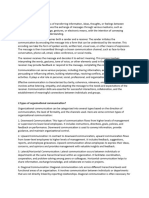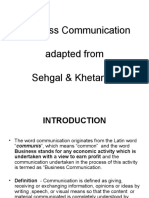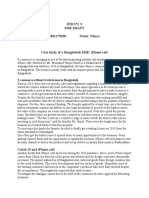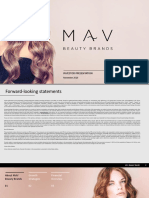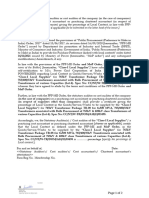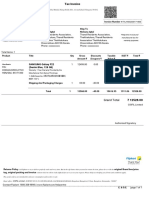0% found this document useful (0 votes)
23 views24 pagesSam
The document outlines the fundamental principles and skills necessary for effective communication, including verbal and nonverbal communication, active listening, and audience awareness. It emphasizes the importance of communication in organizational success, facilitating collaboration, enhancing employee engagement, and supporting strategic planning. Additionally, it details various types of interviews used in the recruiting process, highlighting their purposes and key aspects.
Uploaded by
bigdominique2465Copyright
© © All Rights Reserved
We take content rights seriously. If you suspect this is your content, claim it here.
Available Formats
Download as PDF, TXT or read online on Scribd
0% found this document useful (0 votes)
23 views24 pagesSam
The document outlines the fundamental principles and skills necessary for effective communication, including verbal and nonverbal communication, active listening, and audience awareness. It emphasizes the importance of communication in organizational success, facilitating collaboration, enhancing employee engagement, and supporting strategic planning. Additionally, it details various types of interviews used in the recruiting process, highlighting their purposes and key aspects.
Uploaded by
bigdominique2465Copyright
© © All Rights Reserved
We take content rights seriously. If you suspect this is your content, claim it here.
Available Formats
Download as PDF, TXT or read online on Scribd
/ 24

























